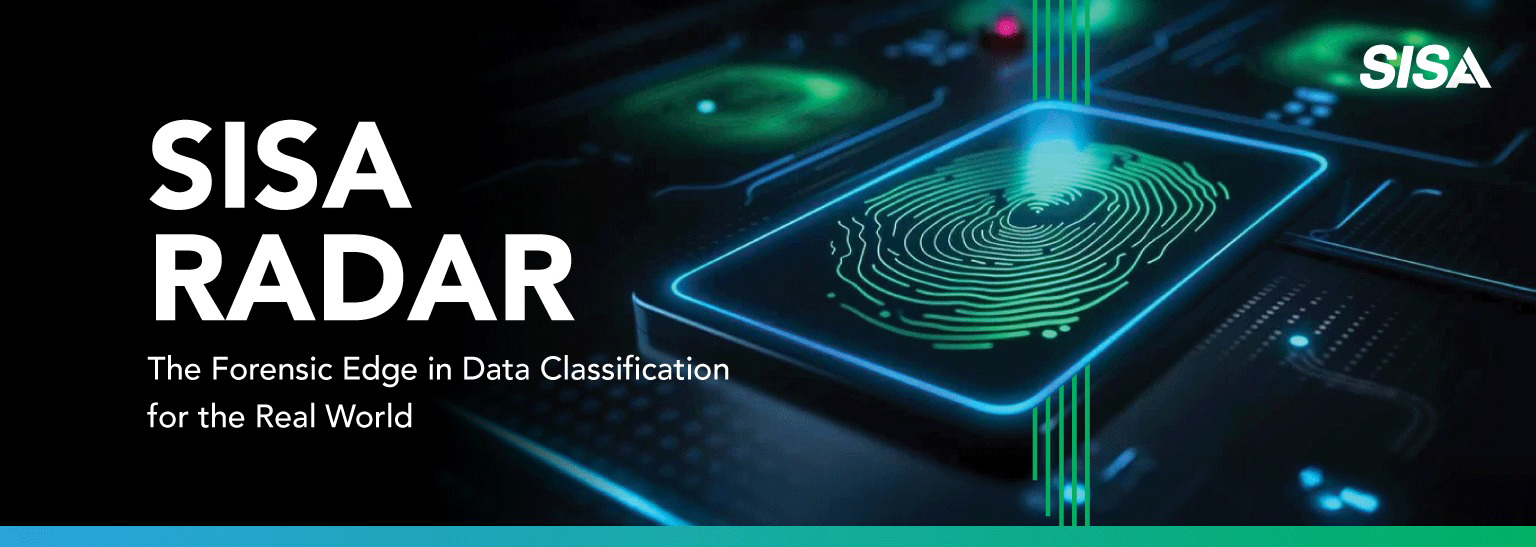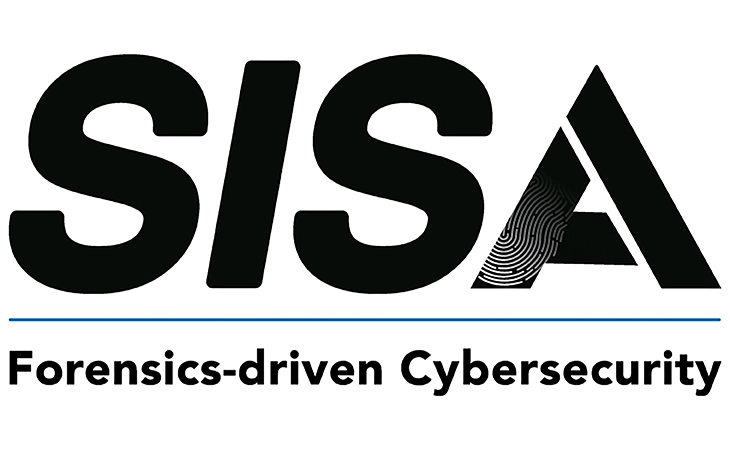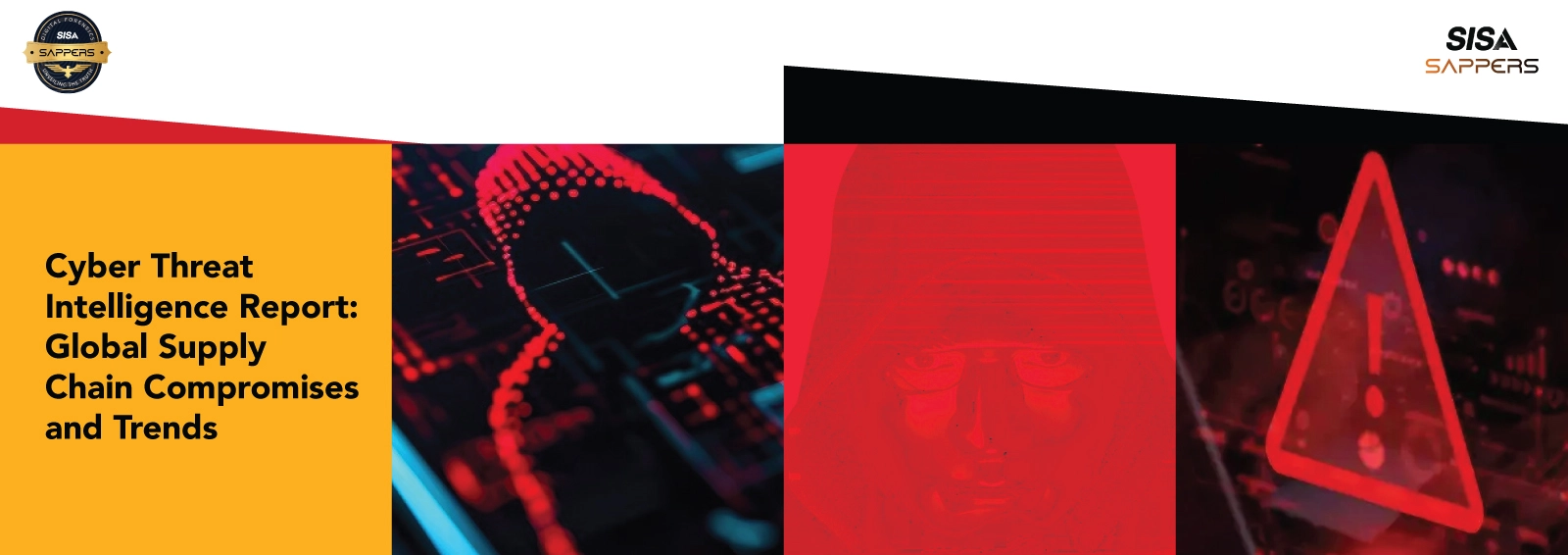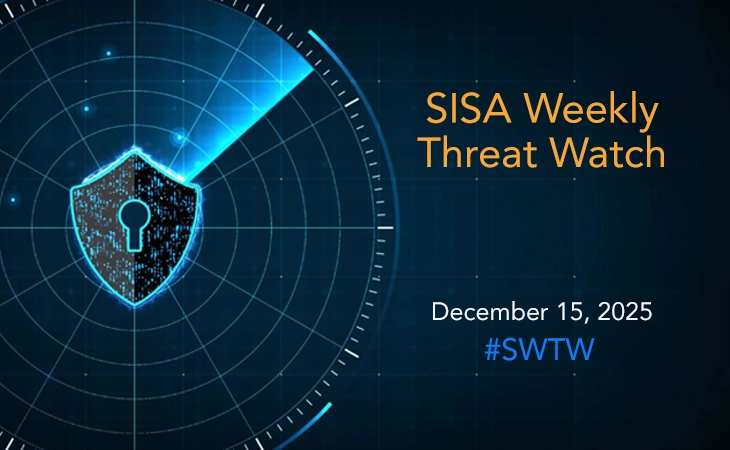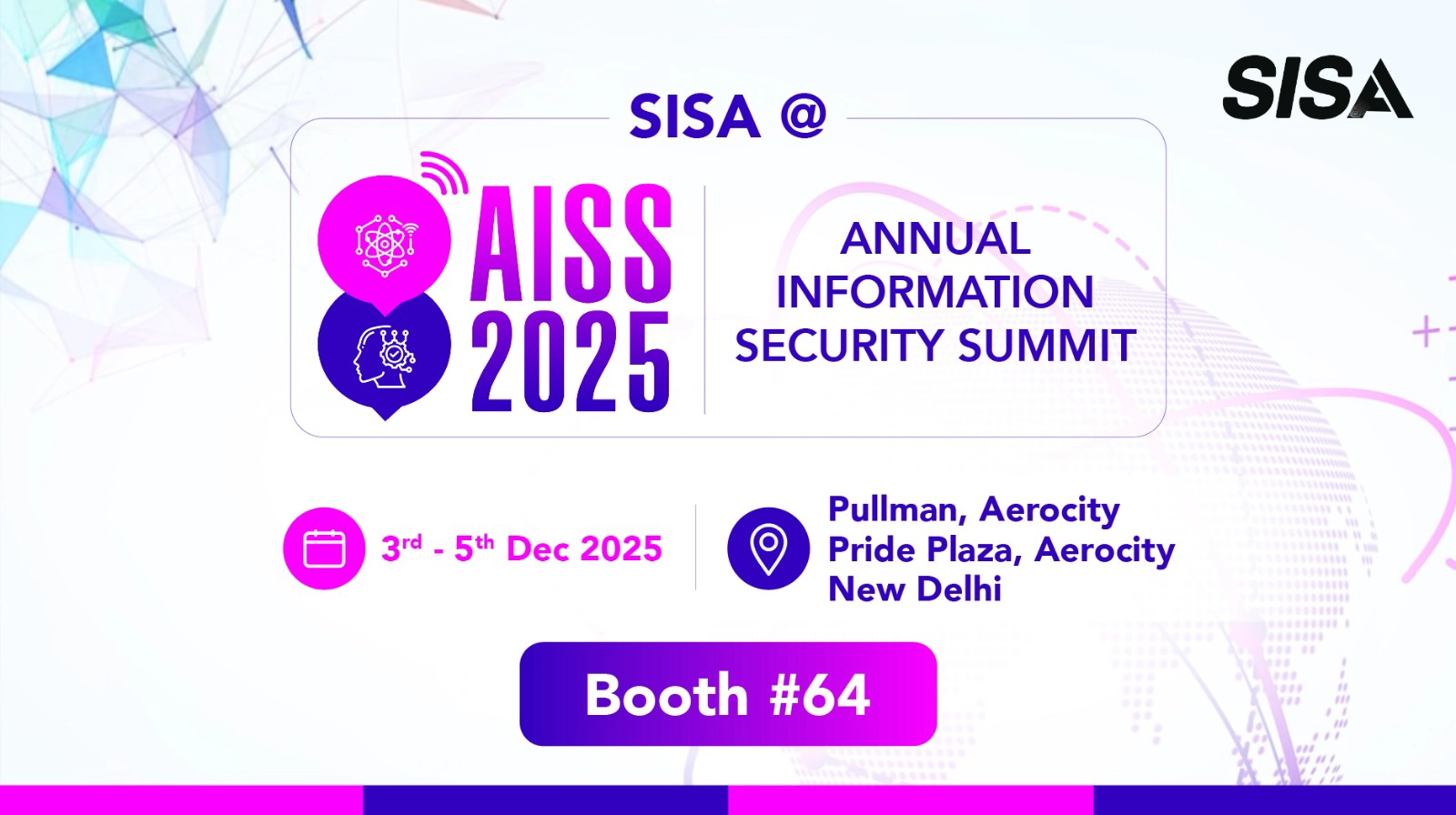
Security Protocols Organizations Need To Follow In 2025
Organizations today face an ever-evolving cyber landscape where perimeter-based defenses alone are no longer sufficient. As attackers innovate with advanced techniques and leverage cloud-native platforms, businesses must adopt a multi-layered approach that enforces strict identity controls, continuous monitoring, and resilient recovery strategies.
Below are the ten essential security protocols every organization should have in place by 2025, along with practical steps for implementation.
1. Zero Trust Architecture
Zero Trust discards the idea of a trusted internal network, requiring continuous verification of every user, device, and application. By implementing micro-segmentation, organizations can isolate workloads and prevent lateral movement if one segment is compromised. Deploying a Zero Trust Network Access (ZTNA) solution hides applications from broad discovery and grants access only after strict identity and device posture checks.
Key Actions:
- Map critical assets and data flows to define segmentation boundaries.
- Enforce least-privilege access through adaptive policies that adjust based on real-time risk signals.
- Integrate identity providers with device-management platforms to validate posture before granting access.
2. Multi-Factor Authentication (MFA) and Passwordless
Password-based logins remain a top target for attackers and an important security protocols to follow. Strong MFA—combining application-based authenticators, hardware tokens, or biometrics—dramatically reduces the success of phishing attempts. Moving further, passwordless methods such as FIDO2/WebAuthn replace passwords altogether with cryptographic keys or biometric checks, eliminating credential theft and replay attacks.
Key Actions:
- Roll out MFA in phases, starting with high-privilege and remote-access accounts.
- Pilot passwordless authentication on non-critical systems to build user trust and streamline rollout.
- Provide user education on secure device handling and recovery procedures.
3. Secure Access Service Edge (SASE)
SASE converges networking and security into a unified cloud service, combining SD-WAN connectivity with firewall-as-a-service, secure web gateways, cloud access security brokers, and ZTNA. This model delivers consistent security policies and threat prevention to users and branches anywhere, reducing latency by avoiding traffic backhauling through central data centers.
Key Actions:
- Assess current WAN and security deployments to identify redundancies.
- Select a SASE provider that integrates smoothly with your existing cloud and on-prem infrastructure.
- Define unified policy sets that cover all users, devices, and traffic types.
4. Post-Quantum Cryptography
Quantum-capable processors on the near-term horizon threaten to break widely used encryption schemes like RSA and ECC. Organizations should begin integrating post-quantum algorithms—such as lattice-based key exchanges and digital signatures—into VPNs, TLS handshakes, and data-at-rest encryption. A hybrid cryptography approach (combining classical and post-quantum algorithms) ensures compatibility and maintains security during the migration period.
Key Actions:
- Inventory all cryptographic dependencies and prioritize high-risk channels (e.g., public-facing VPNs).
- Engage with vendors to understand their post-quantum roadmaps.
- Plan for phased deployments that allow fallbacks to classical algorithms if needed.
5. AI-Driven Threat Detection
Machine learning platforms can analyze telemetry from endpoints, networks, and cloud workloads to detect anomalies and emerging attack patterns in real time. By combining supervised models (trained on known threats) with unsupervised learning (for zero-day discovery), organizations can surface high-fidelity alerts. However, human analysts remain vital to investigate nuanced incidents and fine-tune models to lower false positives.
Key Actions:
- Consolidate logs and telemetry into a centralized data lake to feed AI engines.
- Establish feedback loops where analysts label and refine model outputs.
- Regularly review and update model training data to include the latest threat intelligence.
6. DevSecOps and Secure SDLC
Embedding security into every phase of the software development lifecycle—often called DevSecOps—ensures that vulnerabilities are caught early and remediated before deployment. Integrate static code analysis (SAST), dynamic application testing (DAST), and software component analysis into continuous integration and delivery (CI/CD) pipelines. Shift-left security practices, such as threat modeling during design reviews, reduce remediation costs and accelerate secure feature rollout.
Key Actions:
- Automate security scans on every code commit and pull request.
- Train development teams in secure coding standards and common vulnerability patterns.
- Establish clear metrics for security coverage and time-to-remediate findings.
7. Supply Chain Security & Software Bill of Materials (SBOMs)
Third-party and open-source components can introduce hidden vulnerabilities into applications. Maintaining a comprehensive Software Bill of Materials (SBOM) for each project gives visibility into every library, framework, and service used. Automated SBOM generation, integrated with procurement and CI/CD workflows, enables rapid vulnerability triage against known CVEs and compliance with evolving regulations.
Key Actions:
- Adopt tools that automatically generate and update SBOMs for all builds.
- Enforce SBOM submission from vendors and third-party providers.
- Monitor vulnerability feeds and prioritize patches based on component criticality.
8. Data Encryption & Privacy-Enhancing Technologies (PETs)
Encrypt all sensitive data both in transit (using TLS 1.3) and at rest (using AES-256 GCM or equivalent). To support analytics and collaboration without exposing raw data, deploy privacy-enhancing technologies—such as homomorphic encryption for encrypted computations and secure multi-party computation for collaborative workflows—allowing insights without revealing underlying information.
Key Actions:
- Audit data classifications to ensure appropriate encryption coverage.
- Evaluate PETs for key use cases like cross-departmental analytics or external data sharing.
- Balance performance impacts by selectively applying PETs where privacy regulations demand.
9. Continuous Monitoring & Extended Detection and Response (XDR)
Extended Detection and Response (XDR) platforms unify alerts from endpoint detection, network sensors, email security, and cloud workloads into a single console, correlating events with threat intelligence to surface prioritized incidents. Automated playbooks enable rapid containment steps—such as isolating infected systems—while providing analysts with a holistic view of attack campaigns.
Key Actions:
- Ensure native sensors cover all operating environments, including cloud-native and containerized workloads.
- Develop and test automated response playbooks for common attack scenarios.
- Continuously tune detection rules and enrich alerts with contextual data.
10. Incident Response & Cyber Resilience Planning
A comprehensive incident response plan aligned with industry frameworks (such as NIST SP 800-61) defines clear phases: Preparation; Detection & Analysis; Containment; Eradication & Recovery; and Post-Incident Activity. Regular tabletop exercises and red-teaming drills validate procedures, communication channels, and vendor escalations, ensuring teams can respond swiftly and recover operations with minimal disruption.
Key Actions:
- Document roles, responsibilities, and escalation paths for all stakeholders.
- Schedule at least biannual tabletop exercises covering diverse breach scenarios.
- Update plans after each exercise to capture lessons learned and close gaps.
You can pick and choose the security protocols that makes sense for your organization from the above list.
Frequently Asked Questions About Security Protocols
Q1: What makes Zero Trust different from traditional network security?
Zero Trust operates on the premise that no user or device—inside or outside the network—should be automatically trusted. Every access request is authenticated and authorized based on dynamic risk assessments, unlike traditional perimeter models that grant broad network trust once inside.
Q2: How soon should organizations integrate post-quantum cryptography?
Given the accelerating pace of quantum research, organizations should begin planning and piloting hybrid cryptography solutions in 2025, with an aim to complete migration to post-quantum algorithms by the early 2030s.
Q3: Can AI-driven detection fully replace human analysts?
No. While AI accelerates threat detection and reduces analyst workload, skilled security professionals are essential for interpreting complex alerts, investigating advanced attacks, and tuning AI models to evolving threat landscapes.
Q4: How do SBOMs help reduce supply chain risks?
SBOMs provide a detailed inventory of all software components, enabling rapid identification of vulnerable libraries and faster patch prioritization. This visibility is critical for managing cascading risks from third-party dependencies.
Q5: Why are tabletop exercises important for incident response?
Tabletop exercises simulate real-world breach scenarios in a low-risk setting, allowing teams to practice communication, decision-making, and coordination with vendors and stakeholders. They reveal gaps in plans and ensure readiness before an actual incident.
Latest
Blogs
Whitepapers
Monthly Threat Brief
Customer Success Stories
 USA
USA India
India APAC
APAC Middle East
Middle East Global
Global


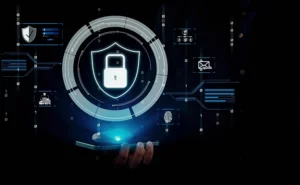
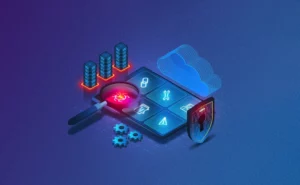


 Facebook
Facebook Linkedin
Linkedin  X
X Youtube
Youtube



